ISO 13485 vs ISO 9001: Which Standard is Right for Medical Device Companies?
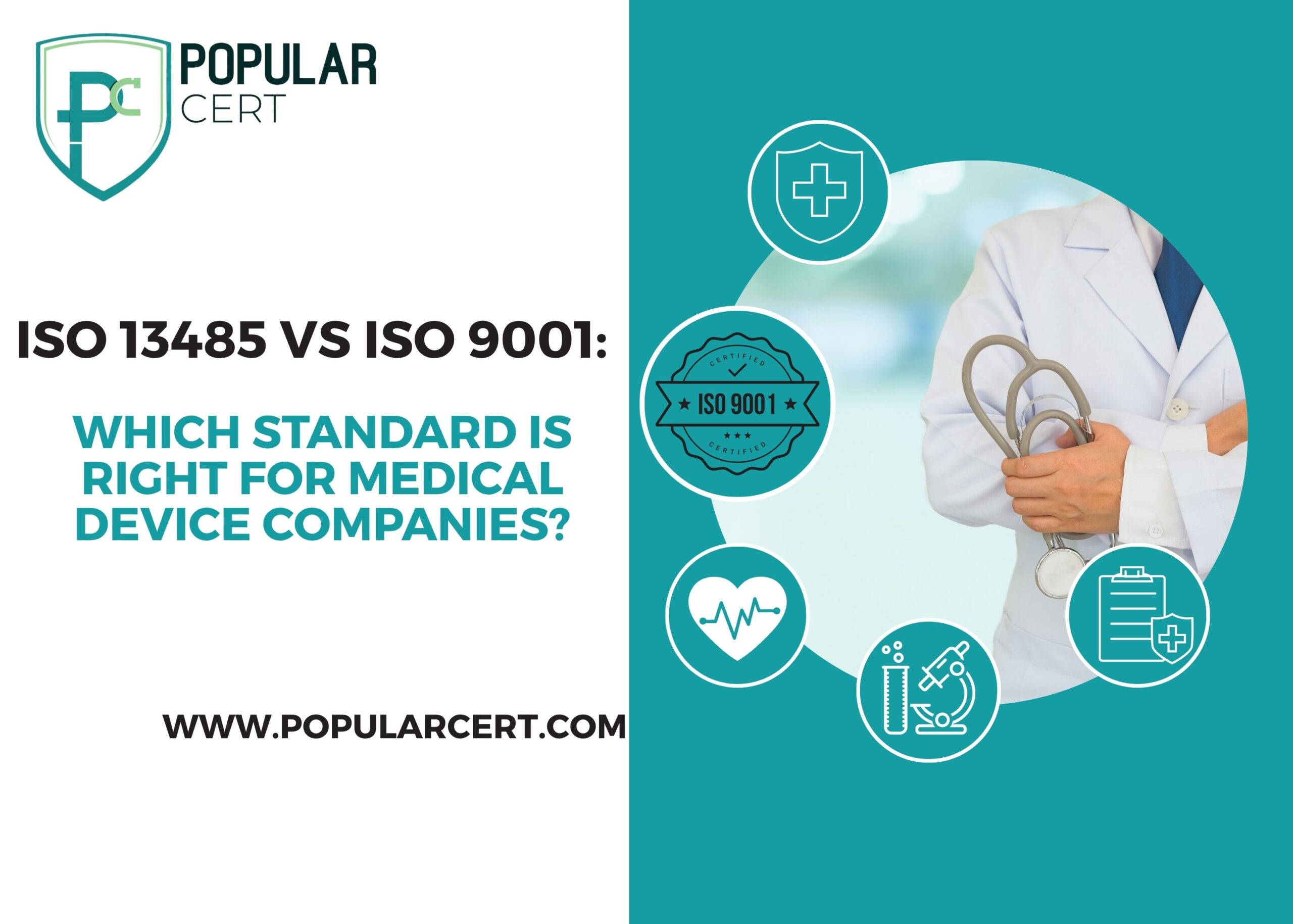
In the modern context of the healthcare field, quality management is a must for the key players and an absolute necessity. This is particularly true for medical device manufacturers who operate within a highly regulated environment while needing to be as efficient and streamlined as possible in their workflows. As part of internationally accepted standards,
ISO 13485 and ISO 9001 underpin the fundamental requirements of medical devices quality control and medicine service. Both are essential, having some factors in common, but their use will depend strictly on intended purpose. The goal of this article is to give answers to the difference between these two standards enabling business owners to make an informed decision concerning them.What does ISO 13485 mean?
ISO 13485 is a widely known standard applicable to all sectors throughout the chain of medical devices including every specific segment of its branches. It mandates companies maintain an effective quality management system able to ensure all necessary processes are coordinated for proper design, development, production, installation or servicing of medical devices that meet customer satisfaction and regulatory needs.
Key Features Of ISO 13485:
- Placing increased focus on compliance audit along with risk analysis
- Comprehensive document creation alongside strict control over information flow without any drops
- Management over sterile environment used for manufacturing
- Product and process based systems approach starting from design till after-market monitoring
- Adherence to key regulatory frameworks like FDA & EU MDR or MDSAP
ISO 13485 does not address continuous improvement as with ISO 9001. Rather, it focuses on ensuring a controlled and compliant framework is sustained throughout the entire lifecycle of a medical device.
What is ISO 9001?
sets out to enhance an organization’s performance by improving business processes in service delivery, customer relations, and overall organizational satisfaction. As per the norm, it relies on seven principles of quality management:
- Achieving Customer Satisfaction
- Sustained Leadership
- Engagement of People
- Process Approach
- Improvement Activities
- Making decisions based on hard facts
- Managing Relationships Effectively
Primary Features of ISO 9001 :
- Customer satisfaction and efficiency are core drivers.
- Fostering a process-centered culture.
- Encouragement towards enhanced value across all other areas.
- Applicable across all sectors.
While other standards may be industry-specific, ISO 9001 seeks to bolster quality management systems. This makes it appealing across multiple sectors and industries.
Types Of Certification
- ISO Certification
- ISO 9001 Certification
- ISO 14001 Certification
- ISO 45001 Certification
- ISO 22000 Certification
- ISO 27001 Certification
- ISO 17025 Certification
- ISO 13485 Certification
- ISO 20000-1 Certification
- ISO 22301 Certification
- ISO 50001 Certification
- ISO 37001 Certification
- IATF 16949 Certification
- ISO 29001 Certification
- ISO 31000 Certification
- ISO 20121 Certification
- ISO 10002 Certification
- ISO 41001 Certification
Get Free Consultation
Our Clients


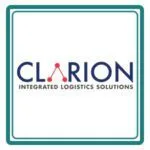
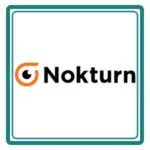








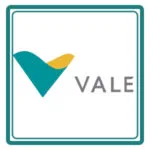
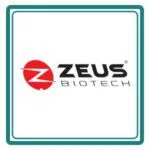




ISO 13485 vs ISO 9001: A Side-by-Side Comparison
Criteria | ISO 13485 | ISO 9001 |
Industry Focus | Medical Devices | All Industries |
Regulatory Compliance | High (FDA, EU MDR, MDSAP) | Low |
Risk Management | Mandatory | Recommended |
Product Lifecycle Control | Strong emphasis | Limited |
Continuous Improvement | Not required | Required |
Customer Satisfaction | Indirect focus via compliance | Direct focus |
Flexibility | Low (prescriptive) | High (adaptable) |
Documentation Requirements | Extensive | Moderate |
Post-Market Surveillance | Required | Not addressed |
Sterile Environment Controls | Included | Not applicable |
Which Standard Fits You Best?
Choose ISO 13485 if:
- The company manufactures or distributes medical devices.
- If you do business in regions that require regulatory compliance .
- If you want to reduce skepticism from healthcare providers and regulatory bodies.
- If you need stringent controls over product lifecycle and traceability.
Choose ISO 9001 if:
- You operate in other than Medical Device Industry
- You want to improve cross-cutting workflows in any business.
- Your targets focus on achieving operational efficiency, deep satisfaction and loyalty spanning over long-term customer relationships.
- You require a versatile and holistic QMS system .
Some companies in the medical device industry pursue dual certification to gain distinct benefits from each standard.
Is It Possible To Employ Both Standards?
In most scenarios, it is generally beneficial. ISO 9001 serves as an adequate foundational structure for a Quality Management System (QMS) that could later support ISO 13485. While Mastery and document control are heavily emphasized in ISO 13485, ISO 9001 nurtures continuous improvement driven by consumers.
Benefits Gained from Dual Certification Include:
- Achieves strategic certification requirements
- Improved processes lead to stronger structures
- Guarantees sustained operational standards comply with international benchmarks
- Enhanced organizational trust
- Streamlined efficiency paired with enhanced compliance.
Both systems can be certified with the help of Popularcert which allows both systems to be merged with minimal overlap maximizing time efficiency.
Summary of Steps Toward Certification
For ISO 13485:
- Carry out a gap analysis
- Create relevant documentation concerning the quality management system of the device
- Enforce appropriate controls and define procedures
- Conduct internal audits along with process evaluations through management review sessions
- Notified body certification audit (ex. TÜV, BSI)
For ISO 9001:
- Conducting gap analysis
- Developing policies and standard operating procedures
- Training and awareness campaigns for employees
- Conducting internal audits and corrective action processes
- Conducting certification audits by recognized bodies
Both criteria stipulate that periodic surveillance audits are conducted to sustain the certification.
Why ISO 13485 is Critical for Medical Device Companies
Failures of medical devices can pose significant risks for patients. With ISO 13485, companies have a comprehensive, internationally recognized framework that not only reduces these risks but also provides assurance of regulatory and customer compliance.
Key Advantages:
- Eases entrance into new markets increases
- Facilitates submission of requirements and audits from regulators
- Decreased number of returns or defects and breaches in standards
- Enhanced relations with suppliers
- Strengthens confidence among stakeholders and investors
Why Popularcert is Your Best Partner for ISO Certification
Popularcert offers industry focused iso certification solutions. Our consultants have extensive experience with healthcare, biotech, and manufacturing industries and are trained in implementing both iso 13485 and iso 9001 practices. Thus far, we have aided numerous organizations through these transitions.
What We Offer:
- Comprehensive consultancy service covering all steps from gap analysis to receiving the certificate
- Tailor made documentation as well as designs for the Quality Management Systems
- Blended consulting services – in person and virtual
- Training on audit roles including internal auditor roles followed by practice sessions
- Support after issuing certifications including surveillance examinations
We make compliance simpler, faster, and more effective.
Conclusion: Make Your Choice, Certify with Confidence
While ISO 9001 does give an excellent scaffolding for quality management, ISO 13485 gives specific nuances needed for medical devices firms situated in a heavily regulated environment. The case selection varies based on the industry, product risk level and market ambitions.
In case you need support in deciding the right direction to take, Popularcert is at your service. With unmatched experience in these matters and unwavering focus on business quality outcomes, we align your endeavors to sound global standards as well as regulatory frameworks.
Ready to Get Certified?
Join hands with Popularcert and commence your journey towards obtaining certifications of either ISO 13485 or 9001. If you are looking to improve your quality management system or just starting out, our consultants are prepared to assist through each stage.
Reach out today at Popularcert and let’s start working on developing a compliant and efficient quality management system that is trusted worldwide.
GET A FREE CONSULTATION NOW
FAQs
Can companies be certified under both ISO 13485 and ISO 9001?
As is the case with many device makers, there is an industry-wide dual certification trend to meet compliance and regulatory obligations.
Is it compulsory for a medical device company to have ISO 13485?
Most of the time, no. Some gaps can exist in various jurisdictions, but most governing bodies usually expect or require some degree of alignment with or certification to ISO 13485.
Tell us the differences between ISO 13485 and 9001?
Focused more towards compliance within medical devices along with risk management, ISO 13485 takes less concern regarding customer satisfaction unlike its counterpart ISO 9001.
What's the duration taken in receiving certification for iso 13485?
Usually anywhere between three to six months granted the preparedness and size of the organization.
